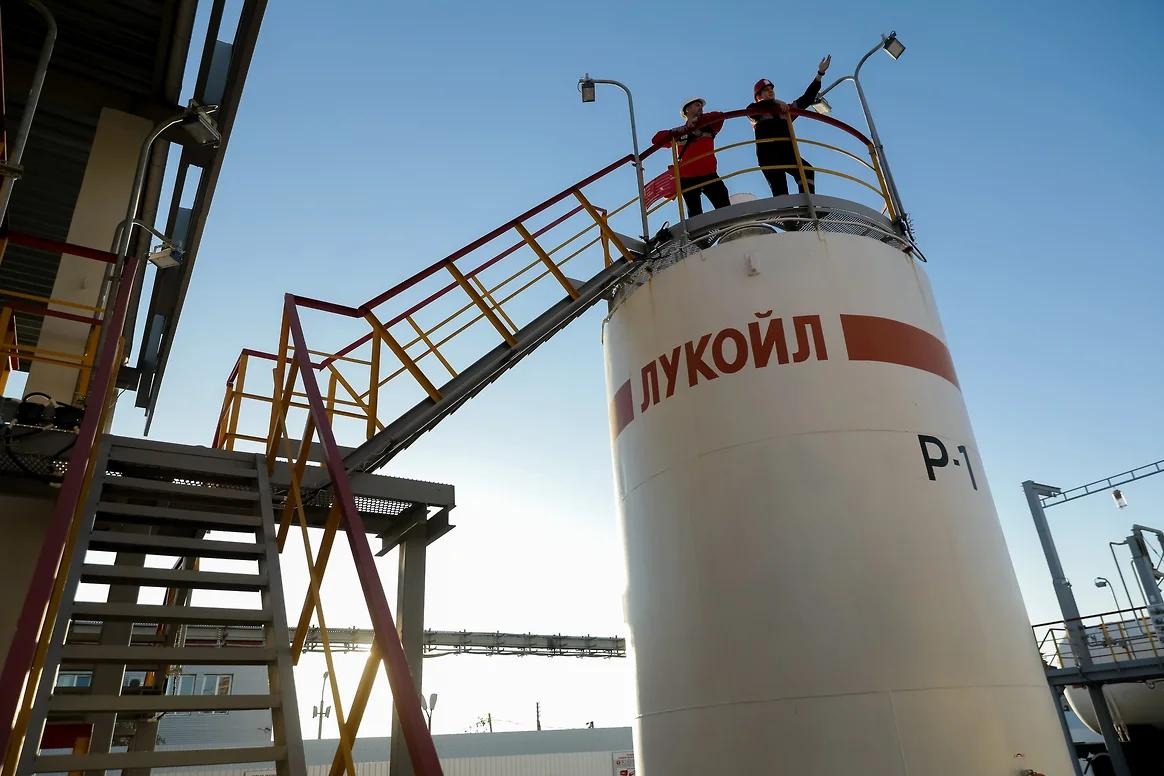UKRAINIAN DEFENSE MINISTER SLASHES EXPENSES WITH EYE TOWARD NATO
UKRAINIAN DEFENSE MINISTER SLASHES EXPENSES WITH EYE TOWARD NATO
When the USSR collapsed in 1991, both Russia and Ukraine claimed the Black Sea Fleet and the historic port of Sevastopol with Ukraine. Eventually an agreement was reached to divide the hardware and allow Russia to lease the port.
Ukraine opted to offload much of its share of the fleet. After selling the semi-completed hulk of the Soviet naval aircraft carrier Varyag to China in 1998, Kyiv is now interested in auctioning off other items from its Soviet naval inheritance, including the country’s only submarine.
This week Ukrainians Defense Minister Anatoliy Hrytsenko, Ukraine’s first civilian defense minister, announced that Kyiv will refurbish its sole remaining submarine, the Zaporizhzhiya, for sale to the highest bidder. “We’ll repair this submarine and sell it, and use the proceeds to develop the fleet” (Agentstvo Voyennykh Novostey, July 2). According to Hrytsenko the Zaporizhzhiya had been a Soviet 641 “Foxtrot” boat, which logged 120,000 miles in missions in the Atlantic and the Mediterranean with a 78-man crew, before joining the Ukrainian Navy in 1997.
The Zaporizhzhiya has been undergoing a major refit for the last decade. The modernization should be finished by the end of the year, when the government hopes to realize $50-70 million from the sale of the submarine (Interfax-Ukraine, July 2). Hrytsenko said, “We’ll use the proceeds to develop the fleet. We need to polish the submarine and to investigate the market,” adding that the revenue would be used for designing a $7.1 million new corvette for Ukraine’s navy (for-ua.com, January 25). The decision is final, according to the defense minister, who said, “The issue will not be revised,” as a foreign sale has been under consideration by the Ukrainian government since October 2003.
The Zaporizhzhiya is not the only post-Soviet warship on the auction block. Hrytsenko conceded, “We have to make decisions that should have been made several years ago. Some of these are painful and unpopular, but they cannot be postponed any longer,” adding that the missile-carrying cruiser Ukrayina, part of the 1164 series, was also for sale. The Ukrainian press speculated that Ukraine would initially offer the vessels for sale to Russia, although India and China have also been mentioned as potential clients.
Ukrainian analysts and the Defense Ministry say that the submarine is not worth maintaining. It is difficult to see who might want to acquire the vessel, as the Zaporizhzhiya’s keel was laid down in Leningrad in 1970, making the hull 37 years old (Morskaia derzhava, July 5).
The sale masks a much deeper point of contention between Moscow and Kyiv, however. With the breakup of the Soviet Union Moscow lost its free access to Ukraine’s advanced shipyards in Nikolaev and the deepwater port of Sevastopol. The latter is heavily ingrained in the Russian consciousness. General Alexander Suvorov founded the port in 1783, in the wake of Russia’s interminable 11 wars against the Ottoman Empire. It was the site of two legendary sieges, the first during the Crimean War and the second during World War II.
The 95% complete Ukrayina has been decaying at the Nikolaev shipyard complex since 1991.
In 2006 Ukraine’s military budget was slightly over $1.1 billion, of which the navy was allocated less than 11%. The fiscal shortfalls have severely impacted the fleet; besides the Zaporizhzhiya and the Ukrayina, three frigates have been stricken from the fleet’s 40-ship roster.
Ukrainian President Viktor Yushchenko is a strong promoter of Western reforms and NATO membership for Ukraine. Hrytsenko is one of the few other members of the Ukrainian government promoting NATO membership, and he sees his role toward that end as implementing a less threatening and less costly Ukrainian military, slashing costs by retiring redundant personnel and hardware (Kyiv Post, July 5).
Since independence Ukraine has persistently worked to better its relations with its Black Sea neighbors, annoying Russia as it outperforms Moscow’s dealings with its recent colleagues. As a member of the Blackseafor Task Group, Ukraine interacts with Turkey, Romania, Bulgaria, Georgia, and Russia.
The historic base of Sevastopol is not Moscow’s sole loss. Russia also was forced to evacuate the Balaklava nuclear ballistic submarine base, six miles southeast of Sevastopol, carved into the surrounding cliffs, that could house up to 10 boats. The issue is fraught with emotion; while Tsar Peter the Great founded the Russian Navy in the late 17th century, it was Catherine the Great who established it in the Black Sea in the late 18th century. Kyiv’s fire sale of its Soviet naval heritage and its interest in embracing NATO membership remain major irritants in Ukraine’s prickly relationship with Russia, a situation not likely to be resolved anytime soon.


